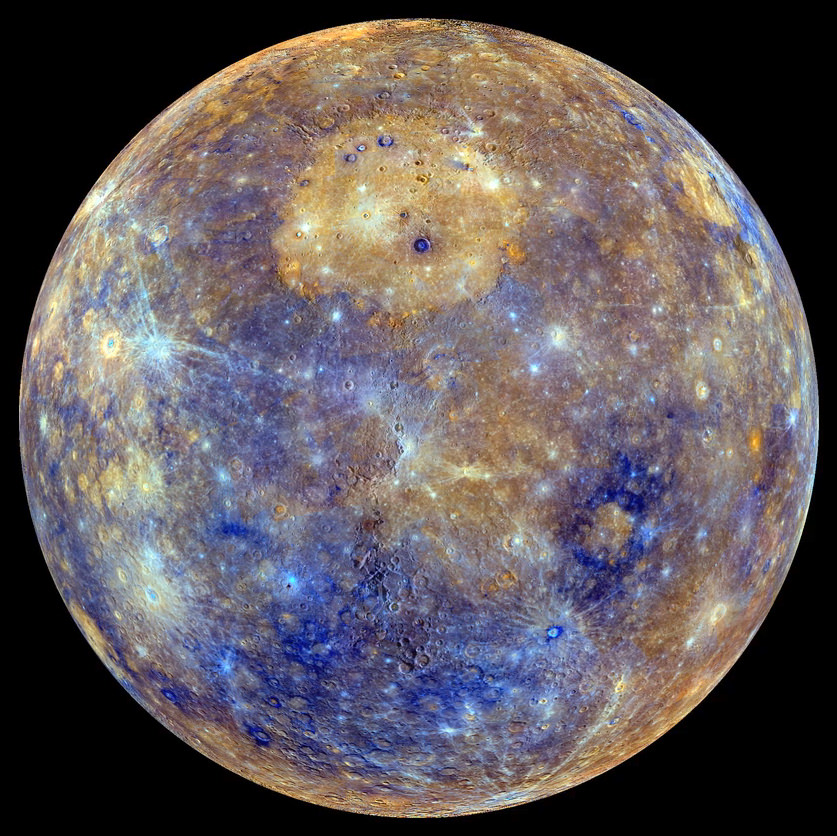When pondering the intricate world of chemistry, one might stumble upon a seemingly straightforward yet captivating question: Is mercury an atom or a molecule? This inquiry challenges not only our understanding of chemical nomenclature but also urges us to delve deeper into the nature of substances and the fundamental principles governing them. To thoroughly dissect this intriguing question, we must explore the definitions of atoms and molecules, the properties of mercury, and its unique characteristics that position it within the broader landscape of elements.
An atom serves as the basic unit of matter, characterized by a nucleus containing protons and neutrons, surrounded by a cloud of electrons. The identity of an atom is primarily determined by the number of protons it possesses; in the case of mercury, this number is eighty, designating it as the element with the atomic number 80 on the periodic table. Mercury (Hg) is categorized as a transition metal, nestled within group 12. This classification is crucial, as it dictates many of mercury’s physical and chemical attributes.
In contrast, molecules are formed when two or more atoms bond together through chemical interactions, held in place by covalent or ionic bonds. They can consist of atoms of the same element, such as diatomic oxygen (O2), or different elements, such as water (H2O). Molecules exhibit properties distinct from their constituent atoms, such as varying boiling and melting points. Given these definitions, we can surmise that mercury, existing as a single element with distinct atomic characteristics, qualifies as an atom. But, does the full picture stop here?
To appreciate mercury’s complexity, we must consider its physical state. At room temperature, mercury is a liquid, a unique quality it shares with only a few other elements, such as bromine. This liquid state presents a fascinating conundrum—what does it mean for an atom to be intrinsically fluid? The answer lies in the metallic bonding that governs its behavior, as mercury atoms repel each other at a microscopic level while still forming a cohesive liquid. This contrast prompts a reflection on the macro vs. micro perspective in chemistry.
Diving deeper, it is essential to acknowledge that mercury atoms can indeed form some molecular compounds, primarily in coordination with other elements or ions. For example, mercury can exist in various oxidation states (+1 and +2), where it forms complex ions such as mercurous (Hg2^2+) and mercuric (Hg^2+) ions. In these formulations, mercury effectively becomes part of larger molecular frameworks. This introduces an additional layer of intricacy to our initial question: while mercury itself is an atom, its engagement in molecular compounds reveals a more expansive definition of its role in chemical interactions.
The behavior of mercury in various chemical reactions further substantiates its dualistic nature. When mercury reacts with halogens, for instance, it forms diatomic molecules, such as mercuric chloride (HgCl2), a compound comprised of two distinct types of atoms bonded in a stoichiometric relationship. Thus, while an isolated mercury nugget may be classified as an atom, in the broader context of chemical reactivity and interaction, it can manifest characteristics of a molecule when engaged in compound formation. This dichotomy invites contemplation: how often do our categorizations in science fail to capture the nuanced reality of what we observe?
Another compelling aspect of mercury’s identity lies in its unique properties. Mercury exhibits exceptional malleability and conductivity, traits typically associated with metals. Furthermore, it possesses a density that is higher than most other liquids, enabling phenomena such as its capacity to form droplets—the infamous mercury beads that glisten in their own individualistic manner. The interplay of these properties raises an essential question regarding the significance of atomic structure: how do atomic arrangements and interactions facilitate such macroscopic behavior?
Additionally, the hazards associated with mercury exposure serve as a reminder of the delicate balance within chemistry. Mercury’s toxicity is primarily linked to its ability to form organomercury compounds within biological organisms, leading to detrimental health impacts through bioaccumulation. This unfortunate consequence further complicates its dual identity as both an essential element in specific applications—such as in thermometers and fluorescent lights—and a potential environmental and health hazard. It raises an interesting challenge: how do we reconcile the vast utility of certain atoms while prioritizing safety and environmental sustainability?
Upon evaluating the nature of mercury, we can conclude that while mercury is predominantly classified as an atom based on its foundational characteristics, its versatility in forming various molecular compounds and engaging in complex chemical behavior asserts its significance within a broader molecular paradigm. This engenders a realization that categorization in chemistry is frequently more fluid than fixed, evocative of the very nature of mercury itself.
In summary, the inquiry into whether mercury is an atom or a molecule not only sparks enthusiasm for the complexities of chemical classification but also challenges us to appreciate the multiple dimensions inherent in our understanding of elements. Perhaps the real takeaway lies in recognizing that science is replete with subtleties that transcend simplistic definitions, compelling us to continuously explore and redefine the boundaries of our knowledge. In doing so, we engage with the profound dance of atoms and molecules, navigating the ever-deepening mysteries of the universe.












